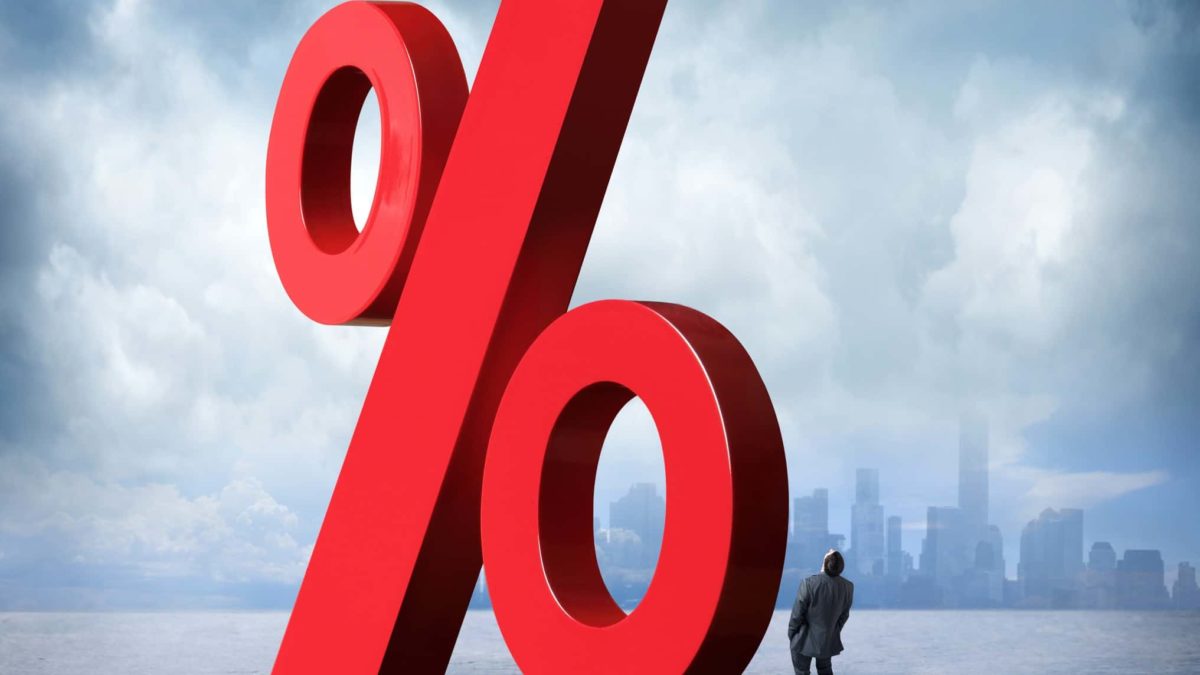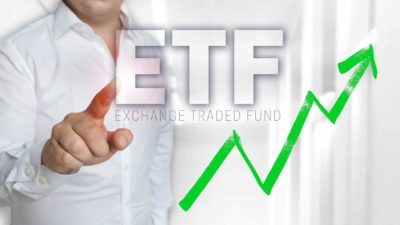If you're actively buying S&P/ASX 200 Index (ASX: XJO) shares right now you may wish to filter for companies likely to outperform in a higher interest rate environment.
That's according to the Organisation for Economic Co-operation and Development (OECD).
In its latest economic outlook report, the OECD said that stubborn sticky services inflation may "require tighter monetary policy than currently assumed" from the Reserve Bank of Australia. Ongoing increases in rents and insurance are forecast in 2024, even as inflation in other areas eases.
The OECD expects Australia's economy to grow by a rather lacklustre 1.5% in 2024, before accelerating to a 2.2% annual growth rate in 2025.
The report cited that if China's struggling economy grew less than forecast, it would likely drag on Australia's growth outlook as well.
However, ASX 200 investors could be eyeing higher inflation and interest rates for even longer if Aussie households increase their spending rather than savings as their real incomes rebuild over the course of the year.
Government needs to step carefully
The OECD recommends that the government focus on enhancing productivity to help drive growth.
One risk Treasurer Jim Chalmers faces is that any additional government spending intended to provide voters with some cost-of-living relief could in itself drive higher inflation. That would likely mean ASX 200 investors will need to wait even longer for the first rate cuts.
The government has already upped its rental assistance and provided subsidies for lower-income families to cope with soaring power bills. Chalmers has indicated more measures can be expected in the May budget.
When can ASX 200 investors expect interest rate relief?
Australia's official cash rate currently stands at 4.35%. That's up from the historic low of 0.10% back on May 2022, when the RBA kicked off a rapid series of rate hikes.
Heading into 2024, most economists were expecting the central bank to cut rates multiple times this year.
That's looking increasingly unlikely.
Despite coming well down from the 7.8% levels posted at the end of 2022, inflation in Australia remains above the RBA's 2% to 3% target range.
As for when ASX 200 investors can expect the RBA to begin easing, National Australia Bank Ltd (ASX: NAB) boss Andrew Irvine said (quoted by The Australian Financial Review):
Our house view is November, but, gosh, that's a toss of the coin. Could it be December, could it be February in the following year? Absolutely.
Irvine added that he doesn't believe the RBA will increase rates beyond the current 4.35%.
Foolish takeaway
Before you lose any sleep over this, it's worth remembering that the ASX 200 gained 9.3% in 2023. A year that saw the RBA hike interest rates five times.
And that figure does not include the dividends many ASX 200 stocks delivered. Add those back in and the accumulated gain in 2023 was approximately 13.9%.









